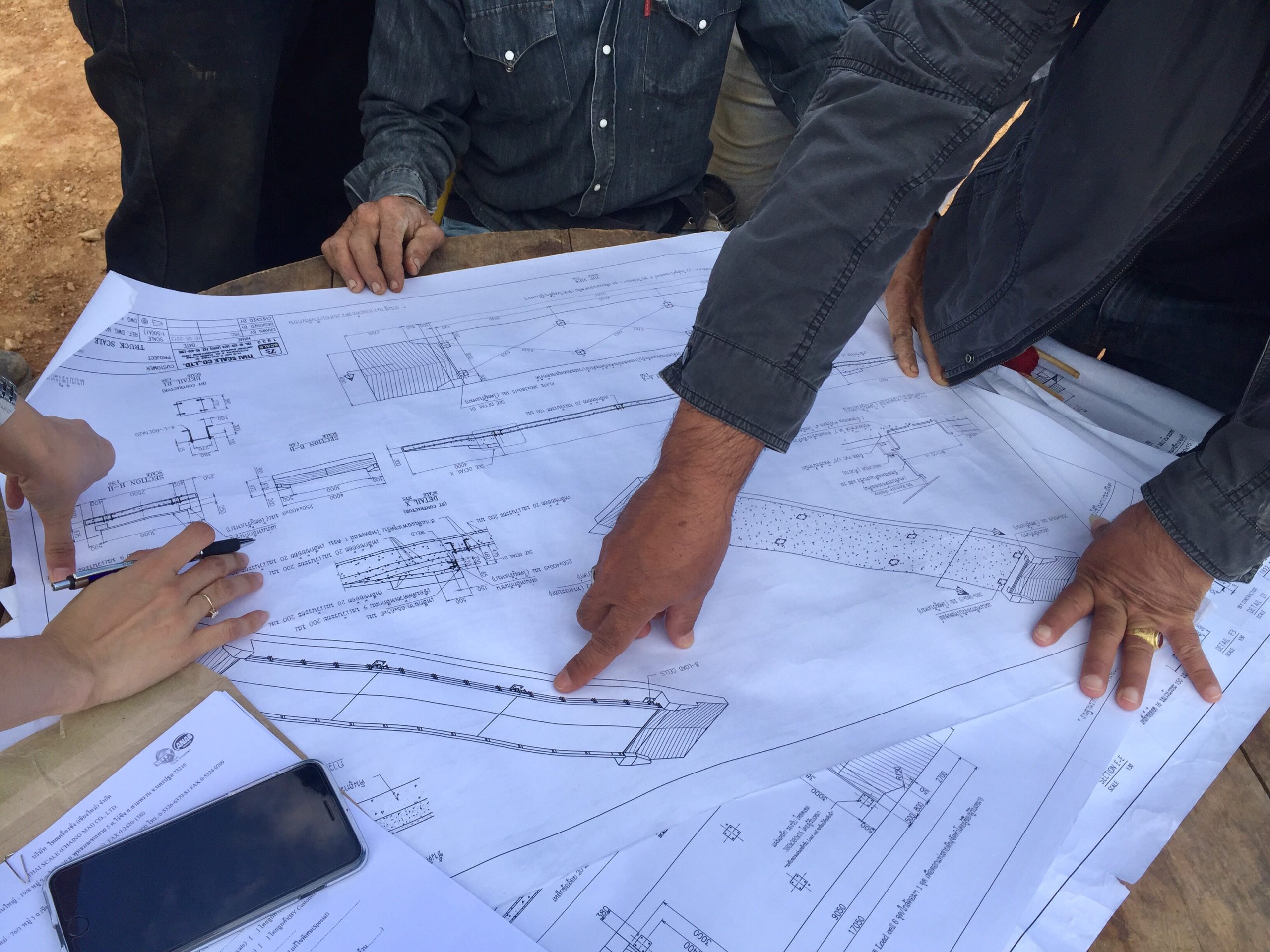For every business — from two-person startups to cross-continental Fortune 50 organizations — there are interdependent operational disciplines at play in selling that feed the overall revenue performance engine: demand progression, solution marketing, solution management, sales operations and sales enablement.
At Mereo we call this the Revenue Performance Blueprint™. Over these last couple months we have dissected each of these elements in greater detail and today will bring them altogether.
These play out differently for every organization. And finding the effective recipe has nothing to do with doling-out these titles per se but rather ensuring there are clear roles and responsibilities for each of these five revenue performance pillars — and that all are connecting, aligning, uniting. Because, if even one piece of the Revenue Performance Blueprint is misaligned, organizations are at risk for failing to sustainably feed their revenue engine.
These interdependencies are inherent in the organization’s overall revenue performance. Therefore, by working in the Revenue Performance Blueprint framework, sales, marketing and product management and other functions supporting the go-to-market engine— led by the company’s CEO — must find and practice alignment as an initial step from the get-go. And then it is different for every client.
The fundamentals of the Revenue Performance Blueprint are common sense — but not common practice.
Achieving Organizational Alignment
There are many factors that keep B2B companies from successfully aligning their leadership, teams and efforts:
- Processes, plans, frameworks and tools are not formalized or shared across departments.
- Oftentimes literal physical distance exists between locations, spanning states, countries and oceans, and different locations start behaving as if they exist alone in their own silo.
- There are few opportunities where cross-departmental leaders or people are brought together to build rapport, to collectively buy-in to decisions, or to band behind a united mission and goal.
- There is an “us” versus “them” mentality between departments or geographies when there should be a united “we” front.
It takes awareness and direct effort to overcome the easy but harmful state of misalignment. Leadership needs to make a regular commitment at least once a year, ideally, twice a year or every quarter to come together for review, strategy, forward-looking planning. In many B2B companies we work with, many leadership teams have never interfaced before we engage and bring everyone together. And after they experience this union — and the valuable outcomes from it — they continue this eagerly.
The B2B company and culture overall must overcome fissures that threaten misalignment. Strategy, goals, plans, buyer personas, selling methodology — all the elements that leadership works so hard to lock down — must be formalized and made accessible to the entire organization, gain buy-in from the entire organization.
When alignment happens, the buyer will not see this smoothly-operating machine of departmental parts and operational pieces but rather a united and valuable solution ready to serve their needs, no matter where they look or who they talk to.
Finding the Right Balance
To gain an unfair share™ of the market and achieve sustainable revenue performance all five operational disciplines must be working solidly. In the leadership holds the keys through the consistency, accountability and sense of urgency with which they guide the united organization.
- Consistency
- Drives a standard approach to sales process, lead qualification, ongoing pipeline scrutiny, opportunity management, account planning, territory management and other revenue operations disciplines to provide scale and enable measurement
- Institutes governance cadence into sales engine (daily activity, weekly examination, ongoing)
- Enforces common, compelling messaging in conversations (e.g. profile of buyers, conversations with buyers, differentiators, overall value proposition)
- Accountability
- Implements rigor in go-to-market approach with sales team
- Brings leadership and sales savvy to management team (proactively manages up and with peers)
- Measures revenue performance and shares metrics broadly (both success and challenges)
- Displays strong communications skills and behaviors across the organization (e.g. win/loss transparency)
- Sense of Urgency
- Enhances competitive energy of team (“hates to lose more than likes to win”)
- Leads with “last can of soup in the cupboard” mentality balanced by steady and confident style
- NOT a “super rep” but capable and willing to inject into sales cycles directly and indirectly as needed (beyond executive sponsor)
As we put a bow on this series, embrace the opportunity to shape the culture of revenue performance for your organization. Stand in the gap and take responsibility for instituting the necessary change. Relentlessly execute the leading-practices being adopted. And, above all, seek to serve the needs of your prospects and clients alike.

